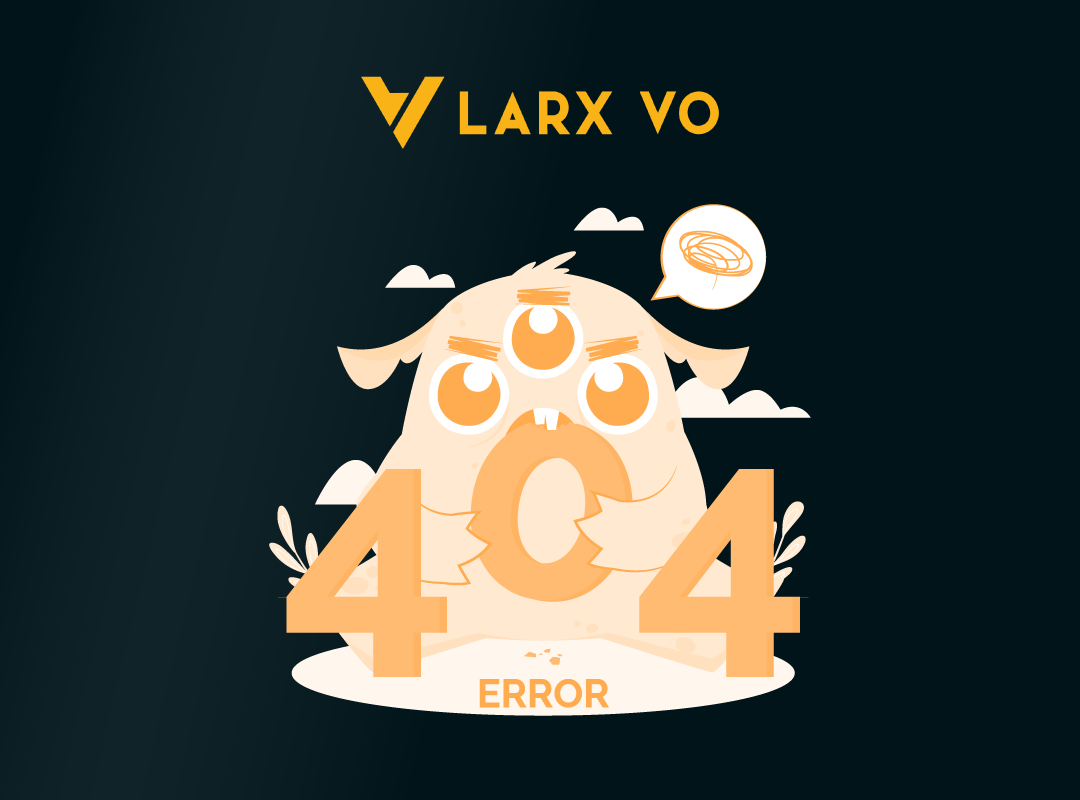Social Media Ads vs Google Ads: Which Delivers Better ROI in 2025?
Google Ads vs. Social Media Ads: A Practical Guide for Business Owners

As digital marketing continues to evolve, one of the biggest dilemmas businesses face is where to invest their ad budget—Google Ads or Social Media Ads?
Each platform comes with its own set of strengths, but the “right” choice ultimately depends on your goals, audience behavior, and campaign type. Whether you’re aiming for quick conversions or long-term brand building, understanding the key differences between Google Ads and social platforms like Facebook, Instagram, LinkedIn, or TikTok is crucial to your digital success.
In this guide, I’ll walk you through the pros, cons, and performance insights of both, helping you make a data-driven decision.
🔍 How Google Ads Work
Google Ads operates on a pay-per-click (PPC) model. Your ads appear when users actively search for keywords related to your offerings. It’s intent-driven—ideal for users ready to act.
✅ Pros of Google Ads:
- High-Intent Targeting: Targets users who are actively searching, increasing conversion potential.
- Quick Results: Perfect for urgent campaigns and flash promotions.
- Detailed Analytics: Offers robust insights into clicks, conversions, and ROI.
- Massive Reach: Taps into Google’s vast global search engine audience.
- Flexible Budget Options: Works for both startups and enterprises.
- Advanced Targeting: Filter by device, location, language, and more.
❌ Cons of Google Ads:
- High Competition = High CPC: Bidding wars can drive up costs, especially in competitive niches.
- Steep Learning Curve: Missteps in keyword bidding can get expensive fast.
- No Budget, No Visibility: Once you stop spending, traffic stops immediately.
- Ad Fatigue: Repetitive search ads can lead to disengagement over time.
📱 How Social Media Ads Work
Social media ads appear in users’ feeds based on their interests, demographics, and behaviors. It’s a discovery-based approach—great for brand awareness and community building.
✅ Pros of Social Media Ads:
- Precision Targeting: Platforms like Meta and TikTok use advanced algorithms to target based on interests, behaviors, and life events.
- Lower Costs: Typically cheaper CPC than search ads.
- Real-Time Engagement: Users can like, comment, or share—turning ads into conversations.
- Creative Freedom: Use videos, stories, carousels, and interactive formats.
- Brand Building: Excellent for long-term relationship nurturing.
- Integrated Conversions: “Shop Now” buttons or lead forms boost sales directly in-platform.
❌ Cons of Social Media Ads:
- Lower Buyer Intent: Users aren’t actively searching, so they may not convert right away.
- Algorithm Dependence: Your reach is in the hands of ever-changing algorithms.
- Privacy Constraints: Data restrictions can affect ad precision.
- Ad Fatigue: Overexposure can turn users off quickly.
- Short Attention Span: Catching the user’s eye in a fast-scrolling feed is tough.
🎯 Key Differences Between Google Ads & Social Media Ads
| Factor | Google Ads | Social Media Ads |
|---|---|---|
| Audience Intent | High (search-driven) | Low to moderate (passive scroll) |
| CPC (avg.) | $4.66 | $0.50–$1.50 |
| CTR (avg. 2025) | 6.42% | 0.90% (Facebook) |
| Conversion Rate | 7.52% | Up to 9.21% (Meta) |
| Best For | Immediate leads, sales | Brand awareness, engagement |
| Creative Flexibility | Limited (text + display) | High (videos, stories, carousels) |
🧠 When to Use Google Ads
- You want fast, measurable conversions.
- You’re targeting high-intent keywords.
- You have a specific offer and need ROI tracking.
- Your industry is search-driven (e.g., home services, B2B software).
🎨 When to Use Social Media Ads
- You want to build brand awareness and nurture leads.
- Your product is visually appealing or lifestyle-focused.
- You’re launching a new offer and want mass exposure.
- Your goal is to drive engagement and grow a community.
💡 Hybrid Strategy = Smart Strategy
The best-performing brands in 2025 don’t choose between Google or social—they integrate both:
- Use Google Ads for capturing intent and high-quality leads.
- Use Social Ads for retargeting, storytelling, and brand connection.
This approach builds a full-funnel journey—from awareness to conversion to loyalty.
📊 Performance Tracking & Trends
- Google: Offers strong ROI tracking via Google Analytics + GA4.
- Meta & TikTok: Leverage pixel data and engagement metrics.
- AI & Automation: Smart bidding and creative optimization are improving outcomes on both platforms.
- Video is King: Short-form videos dominate ad performance across all channels.
- Voice & Visual Search: Google’s visual search (Google Lens) is reshaping ecommerce intent ads.
Final Thoughts
Whether you’re a solopreneur, a scaling startup, or a service provider—the platform you choose should match your goals.
- Want instant action? → Go with Google Ads.
- Want long-term brand growth? → Start with Social Media Ads.
- Want both conversions & community? → Run a hybrid strategy.
As always, the smartest marketing isn’t just about budget—it’s about understanding your audience and building campaigns that meet them where they are.


